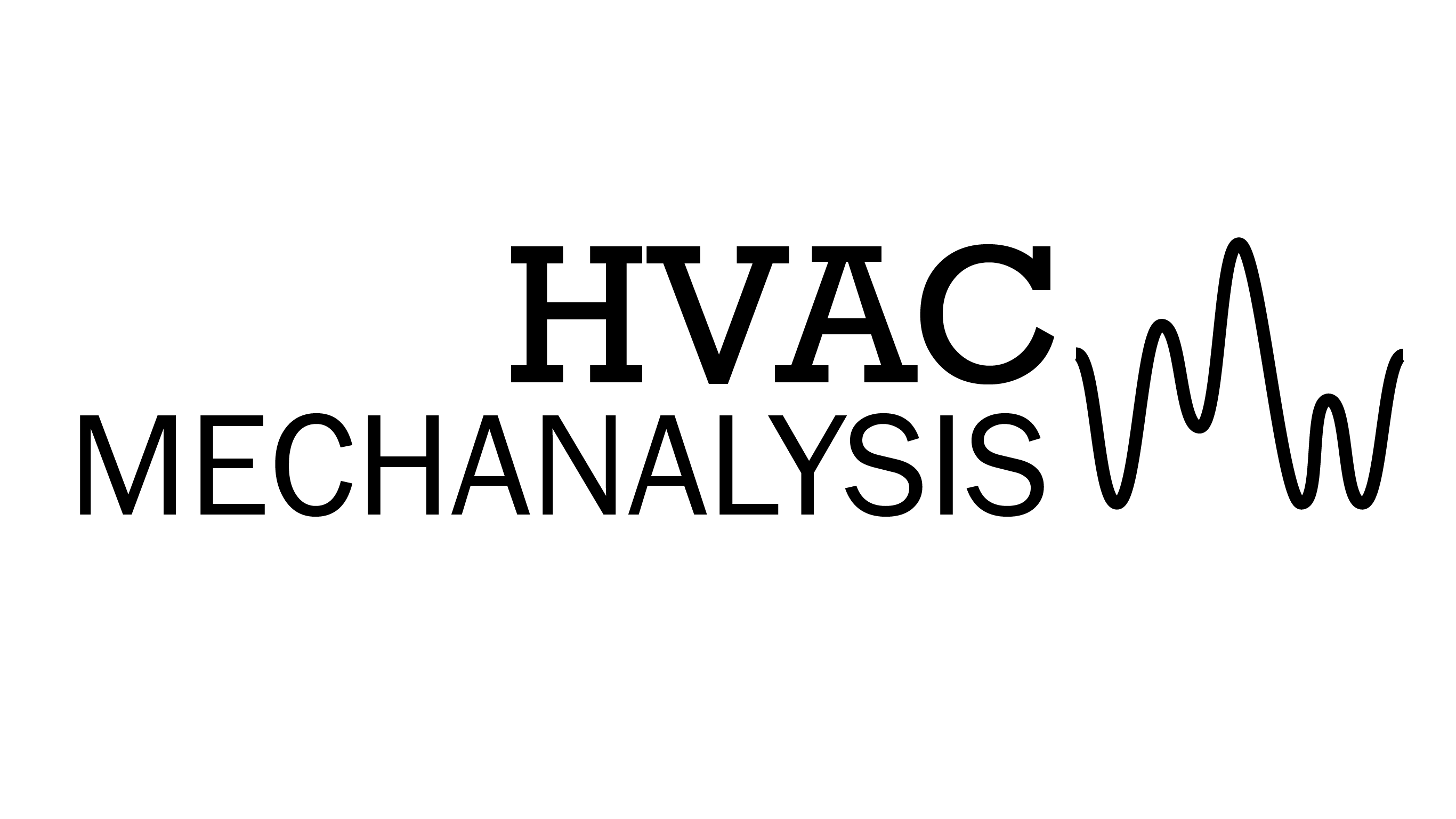Vibration Analysis
Vibration measurement and analysis is an important KEY to your success by identifying potential COSTLY equipment problems in the infancy stage.
Vibration can be defined as the oscillating motion of a machine component from its position of rest.
VIBRATION IS AN INDICATOR OF MACHINERY CONDITION Vibration analysis is used to detect the early precursors to machine failure, allowing machinery to be repaired or replaced before an expensive failure occurs.
WHY WORRY ABOUT A MACHNE’S VIBRATION?
Obviously, once a machine is started and brought into service, it will not run indefinitely. In time, the machine will fail due to the wear and ultimate failure of one or more of its critical components. Its that simple! Low levels of vibration indicate low vibratory forces which, in turn, result in prolonged machinery life.
WHAT IS VIBRATION?
Vibration can be defined as simply the oscillating motion of a machine or machine component from its position of rest.
WHAT CAUSES VIBRATION?
Forces generated within the machine cause vibration. These forces may be ones that:
— Change in direction with time, such as forces generated by rotating unbalance.
— Change in amplitude or intensity with time, such as forces generated in an induction motor due to unequal air gap between the motor armature and stator (field).
— Friction between rotating and stationary machine components in much the same way that friction from a rosined bow causes a violin string to vibrate.
— Cause impacts, such as impacts generated by the rolling elements of a bearing passing over flaws in the bearing raceway.
— Cause randomly generated forces such as flow turbulence in fluid-handling devices such as fans, blowers and pumps; or combustion turbulence in gas turbines or boilers.
SOME OF THE MOST COMMON PROBLEMS THAT CAUSE VIBRATION INCLUDE:
- MISALIGNMENT OF COUPLINGS, BEARINGS & GEARS
- UNBALANCE OF ROTATING COMPONENTS
- LOOSENESS
- DETERIORATION OF ROLLING-ELEMENTS BEARINGS
- GEAR WEAR
- RUBBING
- AERODYNAMIC/HYDRAULIC PROBLEMS IN FANS, BLOWERS & PUMPS
- ELECTRICAL PROBLEMS (UNBALANCE MAGNETIC FORCES) IN MOTORS
- RESONANCE
- ECCENTRICITY OF ROTATING COMPONENTS SUCH AS “V” BELT PULLEYS OR GEARS
TEST PROCEDURE
The data is collected with state-of-the-art portable data collectors. Data is collected in three directions: horizontal, vertical and axial. After the data has been collected and stored in the data collector, that data is then transferred to the host computer and analyzed with Vibration analysis software.
Additional data is collected for high frequency shock waves. This determines anti friction bearing condition. It also tells us if the bearing has the proper amount of grease. The readings collected are compared to the general machinery vibration severity charts. In addition, the data is compared to statistical information from like machines.
A report is generated along with recommendations and is part of this document.
HVAC Mechanalysis thanks you for the opportunity to serve you. If you have any questions on this report, please call and speak to the analyst.
